


This good-looking car from Hyundai is a formidable city car too. Can it overtake the Maruti Alto?
Hyundai started work on an entry-level hatchback (codenamed HA) back in 2007.
The idea behind the project was to provide Indian buyers a product that would be cost-effective, practical, yet stylish. A closer look at the final production version during my drive in Udaipur, Rajasthan, proved that it tactfully avoided the cheap car tag with its decent finish, unique styling and good features. Most first-time car-buyers in our country look for a vehicle within an affordable budget of Rs 2.5 lakh to Rs 4 lakh. The Eon is a car built to satisfy Indian needs, not just another product based on a cost-cutting exercise.
During a conversation over dinner with Hyundai Eon project chief designer, Casey Hyun, the Korean disclosed that about 30 different kinds of bottles that are commonly used in our country were shipped to the Hyundai R&D centre at Namyang, Korea, to make the five bottle/cup holders in the car suitable for them. That’s the kind of attention that has gone into this India-specific car. The team of engineers also visited several historical places and heritage sites to gain knowledge about Indian culture, architecture and design.


 If you look closely at the Eon, you can’t miss the evident influence of traditional Indian design templates. Take, for instance, the fog-lamps, which are peculiarly shaped, resembling a temple’s dome, while the centre console on the dashboard shows a strong influence of the mythological naag devata (the snake god). In a chaotic county like ours, where everything inevitably falls into place, it is no surprise that we take our Gods a tad too seriously wherever we go. Keeping this in mind, the company has also provided a flat platform on the dashboard where idols, garlands, incense sticks and whatever else we fancy can be fixed to make our journey incident-free, because pure driving skill is sometimes not enough.
If you look closely at the Eon, you can’t miss the evident influence of traditional Indian design templates. Take, for instance, the fog-lamps, which are peculiarly shaped, resembling a temple’s dome, while the centre console on the dashboard shows a strong influence of the mythological naag devata (the snake god). In a chaotic county like ours, where everything inevitably falls into place, it is no surprise that we take our Gods a tad too seriously wherever we go. Keeping this in mind, the company has also provided a flat platform on the dashboard where idols, garlands, incense sticks and whatever else we fancy can be fixed to make our journey incident-free, because pure driving skill is sometimes not enough.
The exterior design carries the distinctive Hyundai family ‘fluidic’ styling, with a hexagonal grille. The headlights are very trendy and stretch almost to the A-pillars. The bold creases on the side of the bonnet are unmistakeably from a Korean drawing board and faintly resemble the Chevrolet Beat. The intricate lines on the side of the car are unique to any car on this side of Rs 10 lakh. The tail-lamps are crescent shaped, though the bulky rear bumper and tiny boot-lid do not compliment the overall design. The Eon appears to be a smaller i10 with some very interesting styling that will surely win many hearts.
The interior quality is quite impressive keeping the price tag in mind, as it does not show any visible cost-saving measures. The two-tone beige and brown dashboard has a nice feel and the three-pod instrument console does not look tacky. The buttons and switches are decent, but lack the European sturdy feel. The Eon shares the Santro’s wheelbase of 2,380 millimetres, but is shorter in overall length. It weighs between 715-795 kg and has a rather decent boot space of 215 litres. Though it’s not a tallboy design, it still offers enough headroom with a comfortable seat height. The front seats have raised side support and offer good bolstering. The head rests are integrated, but are ergonomically designed. The rear legroom is just about right for an average Indian, though fitting three adults in the rear seat is a squeeze.
The Eon is offered in six variants – D-Lite, D-Lite (O), ERA, Magna, Magna (O) and Sports – priced between Rs 2.69 lakh and Rs 3.72 lakh (ex-showroom, New Delhi). The base D-Lite version is completely stripped down without air-conditioning or power steering; D-Lite (O) offers air-con and ERA is a model above with body-coloured bumpers and tinted glasses, but all three variants come with 12-inch (145/80 R12) wheels. The Magna and above are variants that sport 13-inch wheels (155/70 R13) and are rich in features such as front power windows, tilt steering, internally adjustable outside rear-view mirrors (ORVM) and are more comfortable to use. The Magna (O) has 2-DIN music MP3 system with USB and aux-in ports with two front speakers, while the Sports is the fully loaded variant.
 Under the hood is a buzzing three-cylinder, 814-cc engine, based on the IRDE motor of i10 fame, which can produce 56 PS of power and 75 Nm of torque. The engineers have tried to contain the distinctive vibration of a three-cylinder, but most of it filters through during idling, but reduces considerably as one revs up. The small motor takes a fraction of a second to get going, but has a formidable mid-range and adequate power for city driving. It comfortably cruises at 110 km/h. I forced it up to 130 km/h, but it didn’t feel at ease at that speed. The car is nimble to drive and has a firm ride, though we wished the steering were more direct. The five-speed transmission feels rubbery and is nowhere close to the i10’s precise shift that we are used to. Hyundai claim a fuel economy of 21.1 kilometres per litre and we are sure the real world figures won’t differ drastically.
Under the hood is a buzzing three-cylinder, 814-cc engine, based on the IRDE motor of i10 fame, which can produce 56 PS of power and 75 Nm of torque. The engineers have tried to contain the distinctive vibration of a three-cylinder, but most of it filters through during idling, but reduces considerably as one revs up. The small motor takes a fraction of a second to get going, but has a formidable mid-range and adequate power for city driving. It comfortably cruises at 110 km/h. I forced it up to 130 km/h, but it didn’t feel at ease at that speed. The car is nimble to drive and has a firm ride, though we wished the steering were more direct. The five-speed transmission feels rubbery and is nowhere close to the i10’s precise shift that we are used to. Hyundai claim a fuel economy of 21.1 kilometres per litre and we are sure the real world figures won’t differ drastically.
The obvious question here is if the Eon is a Maruti Alto killer? At roughly Rs 50,000 more than the Maruti, the Eon will carve out a new segment between the Santro and the Alto. Based on Hyundai’s strong service network and Hyundai Eon’s great exterior design, the company has a winner in its hands.
Story: Sarmad Kadiri
Photography: Sanjay Raikar












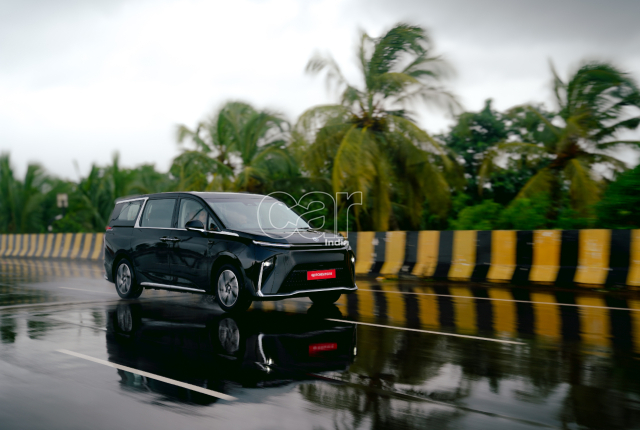
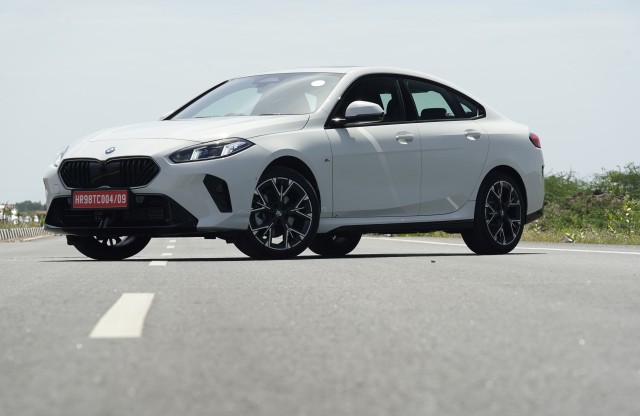
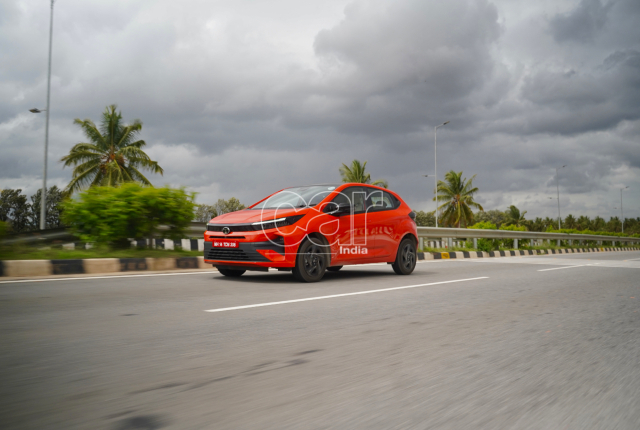
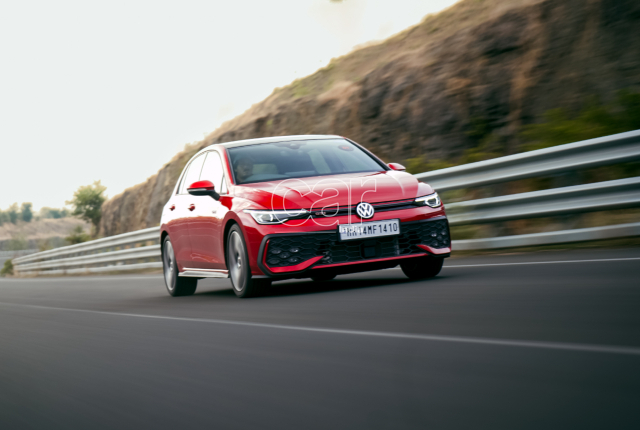
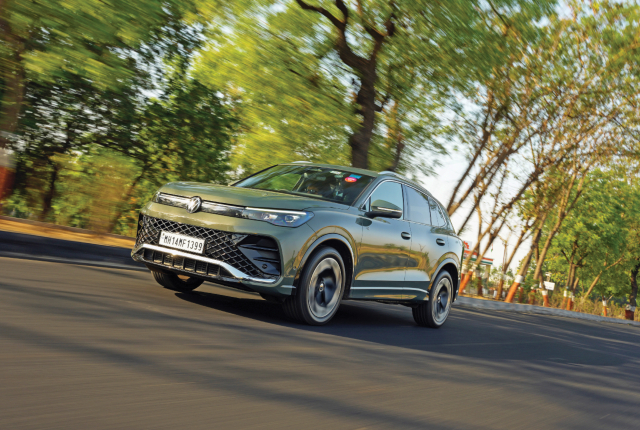
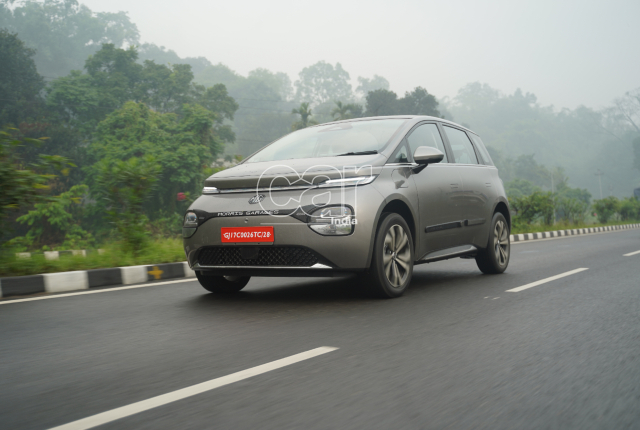



Leave a Reply